With America thrust into World War II, President Franklin D. Roosevelt became interested in creating an American equivalent to the British Commandos; elite, highly mobile, hard-hitting forces, and the Marine Corps was the natural place for this organization. The debate over the creation of these elite units came to a climax when the new commander of the Pacific Fleet, Admiral Chester Nimitz, requested a “commando unit” for raids against lightly defended Japanese-held islands. Created by an order from President Roosevelt, the Marine Commandant, Major General Thomas Holcomb, selected the term “Raider” and created two battalions. The 1st Raider Battalion was activated on February 16, 1942, under the command of Lt. Col. Merritt Edson, followed immediately by the 2nd Raider Battalion on February 19, under the command of Lt. Col. Evans F. Carlson. However, much of the Marine establishment was unaccepting of the change and, in combination with very different training and deployment methods, made the 2nd Raider Battalion one of the most controversial units of World War II.

The Creation of the 2nd Marine Raider Battalion
Like other elite military units, the Raiders were handpicked from available volunteers and given the best Marines’ equipment. With a free hand in leading the Battalion, Carlson trained using new and controversial concepts he pioneered using leadership and teamwork principles he witnessed in China during the 1930s; democratic and team-building methods, officers and enlisted men treated with minimum regard to rank. Those chosen to join the Raiders were given an “ethical indoctrination,” describing for each man what he was fighting for and why. Carlson also adopted the phrase “Gun-ho” as a motivational slogan which he learned from the Communist forces in China.
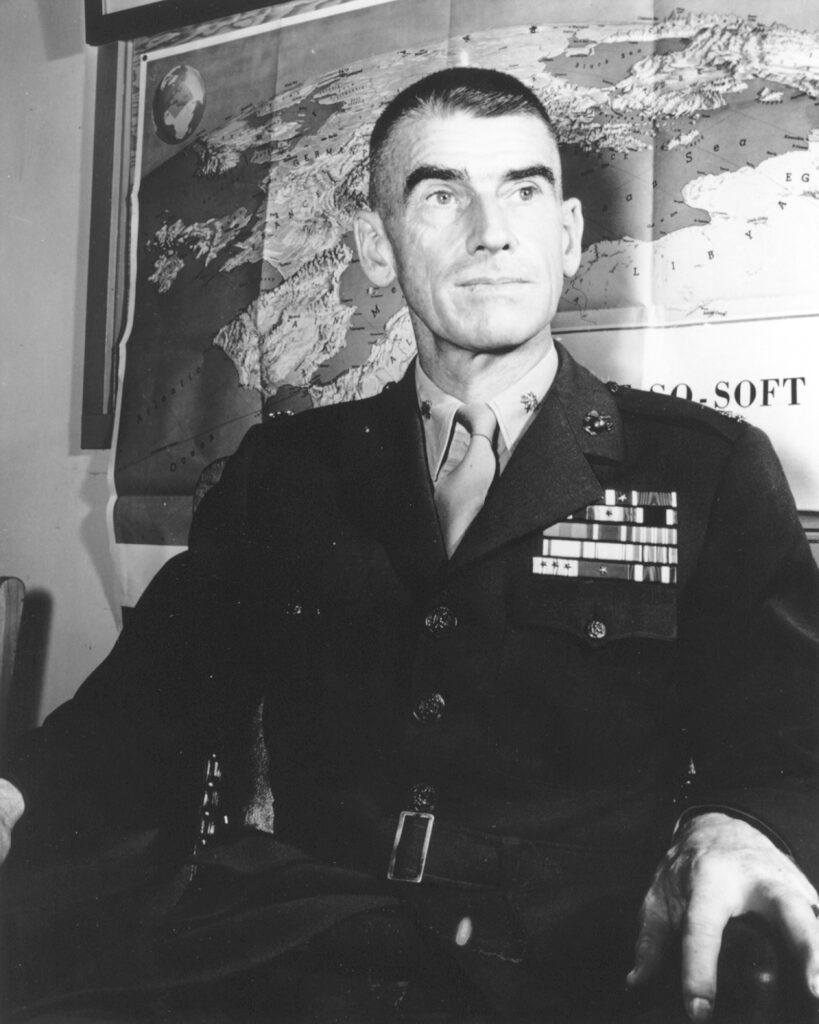
Still, further, Carlson turned his back on the standard Marine Corps organization, forming six rifle companies of two platoons each and innovating 3-man “fire teams” as its basic unit (one man with an M1 rifle, one with a Thompson submachine gun, and the third a Browning Automatic Rifle). However, the more significant the departure from longstanding practice, the more critics Carlson created. The 2nd Raider Battalion trained at Jacques Farm south of Camp Elliott, California, part of what is now Marine Corps Air Station Miramar. But there were no facilities at Jacques Farm, and the men built the camp themselves. For six weeks, they undertook extreme physical training, guerilla tactics, weapons, and explosives use. Before it was over, the Raiders could move seven miles an hour in full equipment, executing weekly 70-mile hikes.

The First Operation for the 2nd Raiders
The first operation for the 2nd Raiders came in August 1942, on Butaritari Atoll (then called Makin Island by the US military), nearly 2,500 miles southwest of Hawaii. A small Japanese garrison had occupied the island with plans to construct a seaplane base, and a decision was made to raid the island while it was a small, non-vital outpost, ideally boosting uncertain morale at home despite the victory at Midway two months earlier Carlson’son’s 2nd Raider Battalion boarded the submarines Nautilus (SS-168) and Argonaut (APS-1), heading for Makin Island with the raid scheduled to commence August 17. Delivered in rubber boats, once ashore, the force of 211 was supposed to kill or capture the garrison and destroy anything of military value. Just after dawn first contact was made.
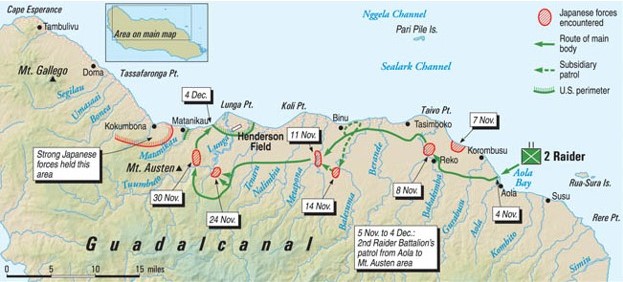
The Raiders pushed to the northern shore, then attacked the southeast. Strong enemy opposition stalled the advance as the Raiders suffered casualties facing down two Banzai charges before moving out. In reality, without realizing it, they had killed most of the garrison. Carlson and a handful of his men stayed behind to blow up a fuel dump and gather intelligence. The men fought valiantly and suffered only 19 killed-in-action (7 of whom drowned), 17 wounded, and 11 missing-in-action, 9 of whom were captured when the Raiders returned to the submarines and were later beheaded at Kwajalein.
The action on Butaritari Island was responsible for 160 enemy dead, two planes shot down, and a posthumous award of the Medal of Honor to Sergeant Clyde A. Thomason, the first Marine recipient of this honor during World War II. For his leadership, during this engagement, Carlson was awarded a second Navy Cross. For the American public, Makin Island was a decisive victory, and the Raiders were heroes, including a battle song created by the media for the 2nd Marine Raider Battalion.
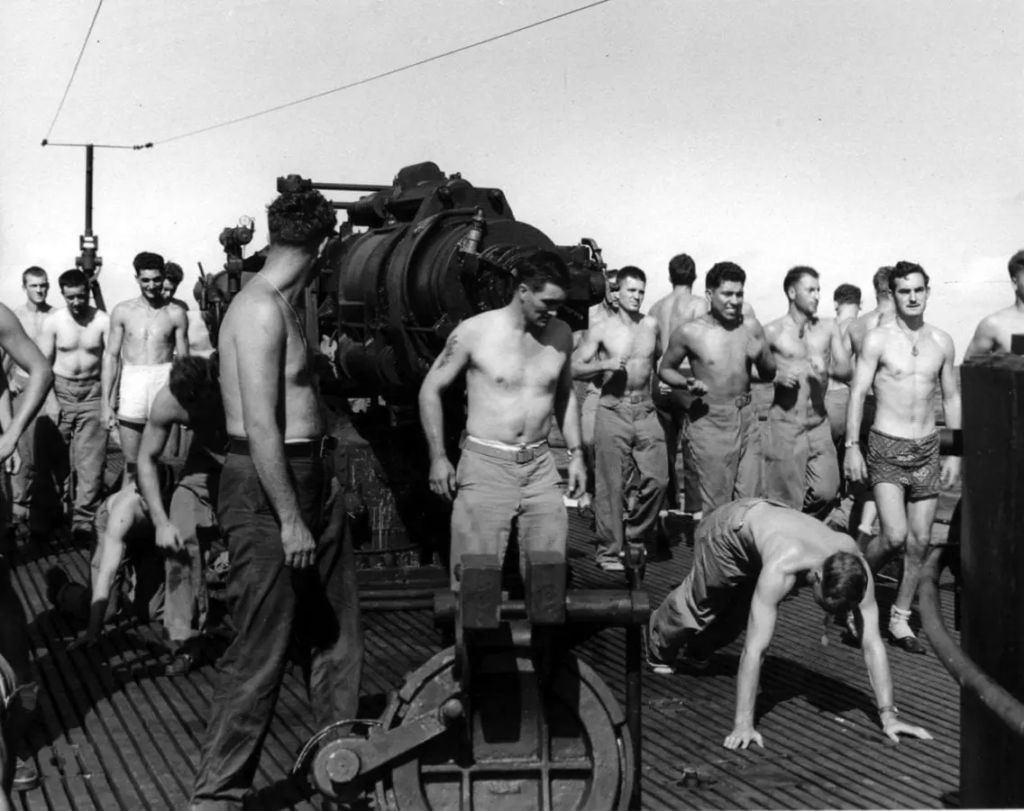
They were gathered from near and were gathered from far,
They were picked from the best in the land,
A hell-raising crew that sailed the blue,
Carlson’s raider band.
However, the Pacific Island-hopping campaign was in its infancy, and the Raiders had no idea what lay ahead.
The 2nd Raiders Joined the 1st Marine Raider Battalion
Following the raid on Butaritari, Carlson’s men were set ashore on Guadalcanal, joining the 1st Marine Raider Battalion as the fighting moved inland. On the morning of November 6, 1942, a force of 267 marines from lead companies of the 2nd Battalion took its first steps into the jungle from a landing point at Aola Bay, roughly 30 miles east of the American perimeter on Guadalcanal. Marine forces had suffered long and hard to establish that perimeter around Henderson Field, the airstrip used to launch attacks against Japanese forces in the area and defend the Marine position. Still, outside the secure area, Japanese troops moved at will. The Raiders landing at Aola Bay were to conduct reconnaissance to determine what Japanese forces existed east of Henderson Field. Further, they were to engage any Japanese troops fleeing southward into the jungle from Koli Point, where substantial enemy forces had been pinned down by American action. The mission would turn into an epic month-long fight, drawing on all the Raiders’ combat and survival skills, elevating the reputation of the controversial Raiders to near-legendary status.

29-Day Mission “The Long Patrol”
On the morning of the 6th, the Raiders walked into the jungle, native scouts at the lead. Operating exclusively behind enemy lines, the companies of the 2nd Raider Battalion would move gradually west toward Henderson Field and scout through areas of reported Japanese presence, stopping at villages along the way. Wherever possible, they would harass and hurt the enemy to ease the strain on the Marines at Henderson. Speed and mobility would be necessary, accomplished partly by conveying scant provisions while foraging and relying on an uncertain resupply strategy. The Raiders’ worst enemy that first day was the jungle itself; they made only five miles. During their time on Guadalcanal, the Raiders found the disease to be a much more formidable foe than the Japanese, with over six times as many Marines evacuated due to disease and illness than were killed or wounded in action. Ultimately, the engagement is known as “The Long Patrol,” a 29-day mission that saw 700 Raiders conduct hit-and-run raids against a much larger Japanese force of 2:500, killing 488 while reportedly losing 16 of their own. When the Raiders finally emerged from the jungle, they were shadows of their former selves- unshaven, emaciated, covered with sores, and unable to eat solid food. Nonetheless, Carlson had achieved all his objectives for the long patrol and done significant damage to the Japanese on Guadalcanal, the Battalion earning a unit citation from General Vandegrift and a third Navy Cross for Carlson.
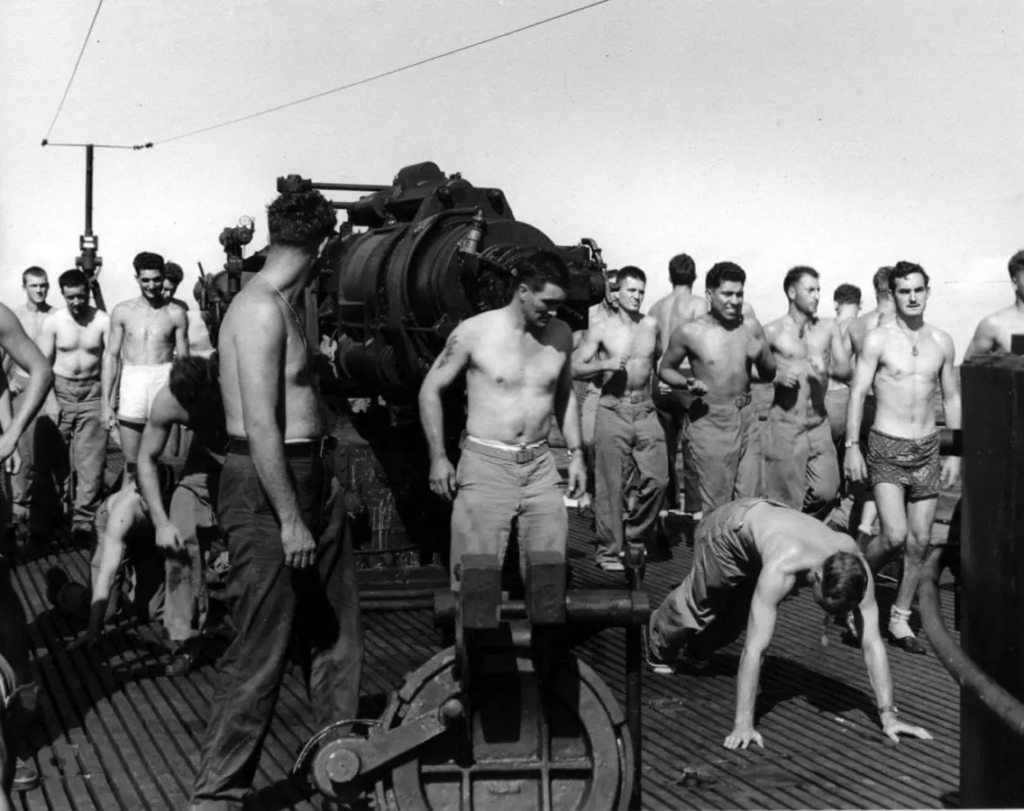
In the Fall of 1942, two additional Raider battalions were created, mainly on the heels of success demonstrated by the 1st and 2nd Raiders. However, early in 1943, changes in Marine command personnel allowed critics of the Raiders to begin a return to more traditional methods. On March 15, 1943, the four battalions were reorganized as the 1st Marine Raider Regime, imposing a common organization among the battalions; one weapons company and four rifle companies composed of three rifle platoons and a weapons platoon. Perhaps surprising Carlson’s 3-man fire team and 10-man squad organizations were adopted, first by the Raiders and eventually by the entire Marine Corps. A further change adopted across the Regiment was the practice of discussion and critique conducted by Carlson with his Raiders after a mission or training event. In fact, this exercise still survives today as the AAR (After Action Review), used by military units to determine what went right or wrong and to suggest improvements. As for Carlson, one week later, he was relieved as commander of the 2nd Raider Battalion. For the duration of combat operations, the battalions would be transferred and reconfigured to form provisional regiments, adapting to prevailing manpower requirements.

Combat in the Central Pacific and Solomons
The Raider battalions repeatedly distinguished themselves in heavy combat during the 1943 Solomons Campaign. The principle in those engagements was the invasion of Bougainville, a substantial Japanese base and the largest island in the Solomons chain. On November 1, 1943, the 2nd Raider Battalion, under the command of Lt. Col. Joseph McCaffery, landed on Bougainville in Empress Augusta Bay. The Raiders immediately faced overwhelming gun, mortar, and machine gun crossfire raking the beach from a hidden bunker and enemy emplacements. But, without hesitation, McCaffery led an attack that overcame enemy defenses, sacrificing his own life and earning the Navy Cross “or “extraordinary heroism while in command of the 2nd Marine Raider Battalion in action against enemy Japanese forces”. This attack permitted Company M of the 3rd Marine Raiders, temporarily attached to the 2nd Raider Battalion, to occupy a blocking position against the main avenue of approach to the beachhead. On November 4, the 2nd Raider Battalion was relieved from the front line, but two days later, the unit participated in an attack extending the perimeter several hundred yards to the east. Otherwise, for much of the month, the 2nd Raiders served as corps reserve due to their depleted condition and unaware this would be their final combat action.
The changing nature of the war in the Pacific, with many large-scale amphibious assaults against well-defended islands, negated the requirements for small light units that could strike deep into enemy territory. All four Raider Battalions were disbanded on January 8, 1944, when the Marine Corps made the decision that the Raiders had outlived their original mission. The 2nd Raider Battalion was repurposed as a regimental weapons company, lacking the manpower to form an entire Battalion after the costly fighting in the Solomons.

The few thousand men of the elite Marine Raider units have left behind a legacy of innovation, courage, and competence not surpassed by any other Marine battalion. The vision and spirit of the raiders live on today in the Marine Corps Special Operations Capable battalions. These infantry units trained explicitly for many of the same missions as the original raiders, routinely deploy with amphibious-ready groups around the globe.
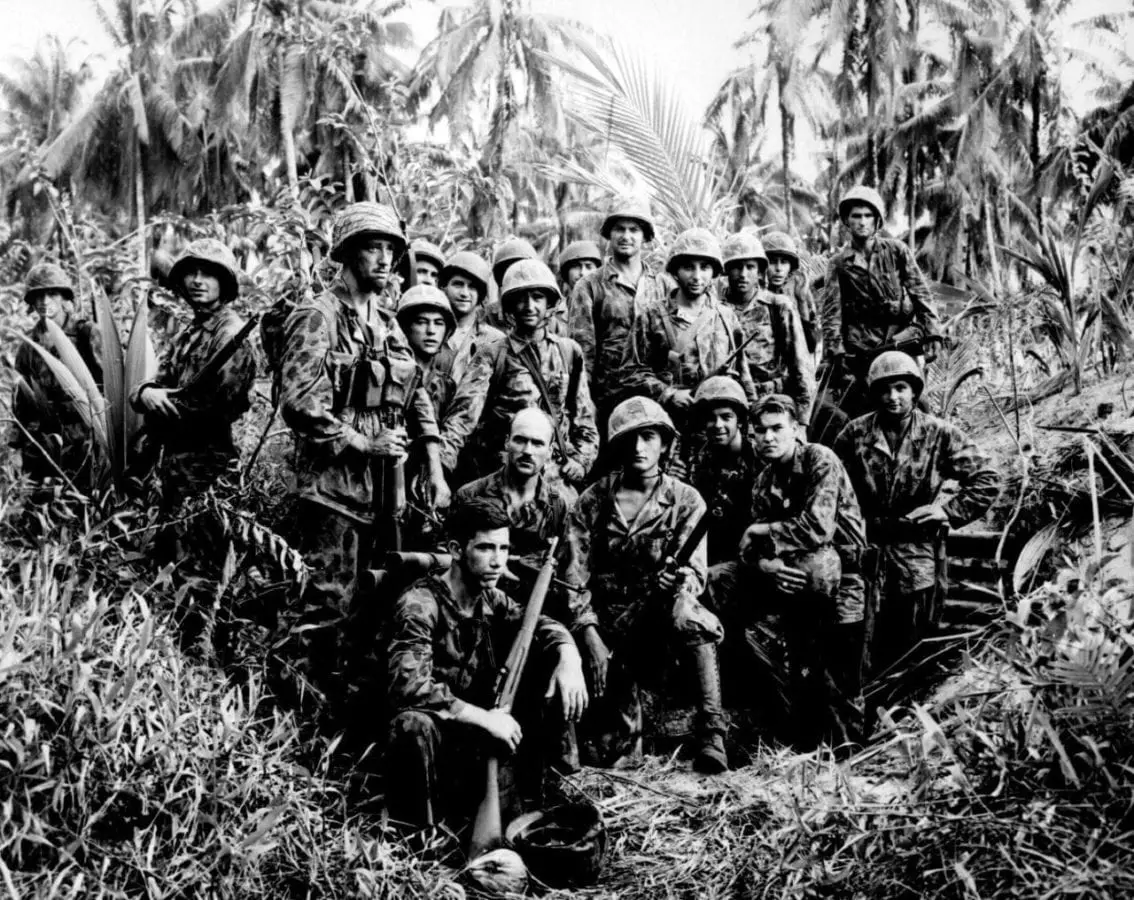
My dad was in the second marine radiers.